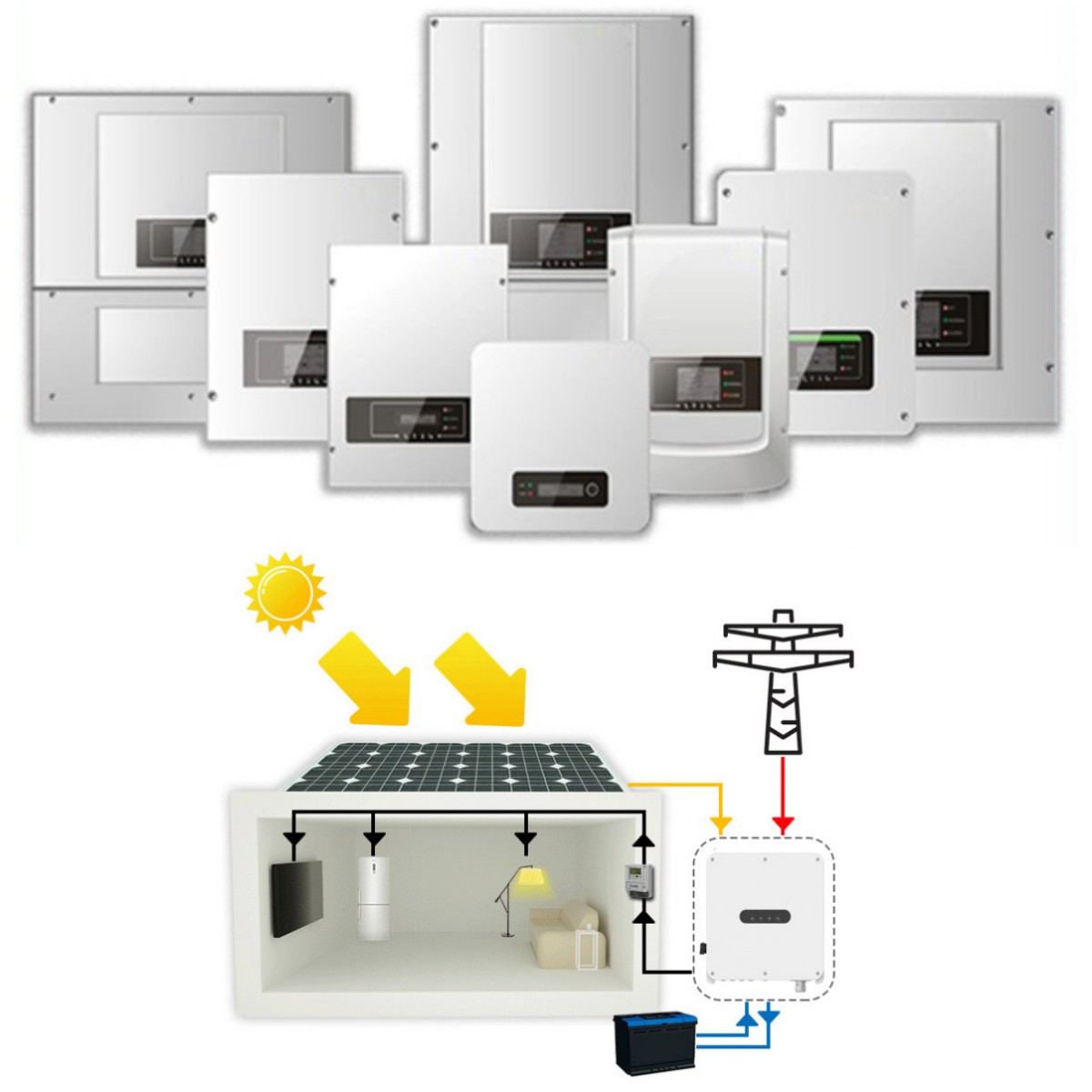Solar inverter is an important part of solar power generation system. It plays a vital role in converting direct current (DC) electricity produced by solar panels into alternating current (AC) electricity that can be used to power homes and businesses. Essentially, a solar inverter acts as a bridge between solar panels and appliances, ensuring that the power produced by the solar panels is compatible with the existing grid.
So, what does a solar inverter do? Let’s dig into the details.
First, a solar inverter is responsible for converting DC power into AC power. Solar panels generate direct current when exposed to sunlight. However, most home appliances and the electrical grid use alternating current. This is where solar inverters come into play. It converts DC electricity generated by solar panels into AC electricity, making it suitable for powering household devices and feeding excess energy back to the grid.
Additionally, solar inverters play a vital role in optimizing the performance of solar power systems. They are equipped with Maximum Power Point Tracking (MPPT) technology, which allows them to continuously regulate voltage and current to ensure the solar panels operate at maximum efficiency. This means that the solar inverter can extract the maximum amount of power from the solar panels under different sunlight conditions, ultimately maximizing the energy output of the system.
In addition to converting and optimizing the electricity produced by solar panels, solar inverters also provide important safety features. They are designed to monitor the power output of solar panels and shut down in the event of a grid outage. This is critical for the safety of maintenance personnel and to prevent any potential damage to the solar system during an outage.
There are different types of solar inverters on the market, each with its own unique features and capabilities. The most common types include string inverters, microinverters and power optimizers. String inverters are commonly used in traditional solar power systems where multiple solar panels are connected in series. Microinverters, on the other hand, are installed on each individual solar panel, allowing for greater flexibility and performance monitoring. Power optimizers are a newer technology that offer similar benefits to microinverters by optimizing the performance of each solar panel.
In recent years, advances in solar inverter technology have led to the development of hybrid inverters, which can also be integrated with energy storage systems such as batteries. This allows homeowners to store excess solar energy for use during periods of insufficient sunlight or power outages, further enhancing the reliability and resiliency of solar power systems.
To sum up, the solar inverter is a key component of the solar power generation system. It is responsible for converting the DC power emitted by the solar panels into AC power, optimizing the system performance and ensuring safety and reliability. As the demand for renewable energy continues to grow, solar inverters will play an increasingly important role in promoting the widespread adoption of solar energy as a clean and sustainable energy source.
Post time: Apr-10-2024





